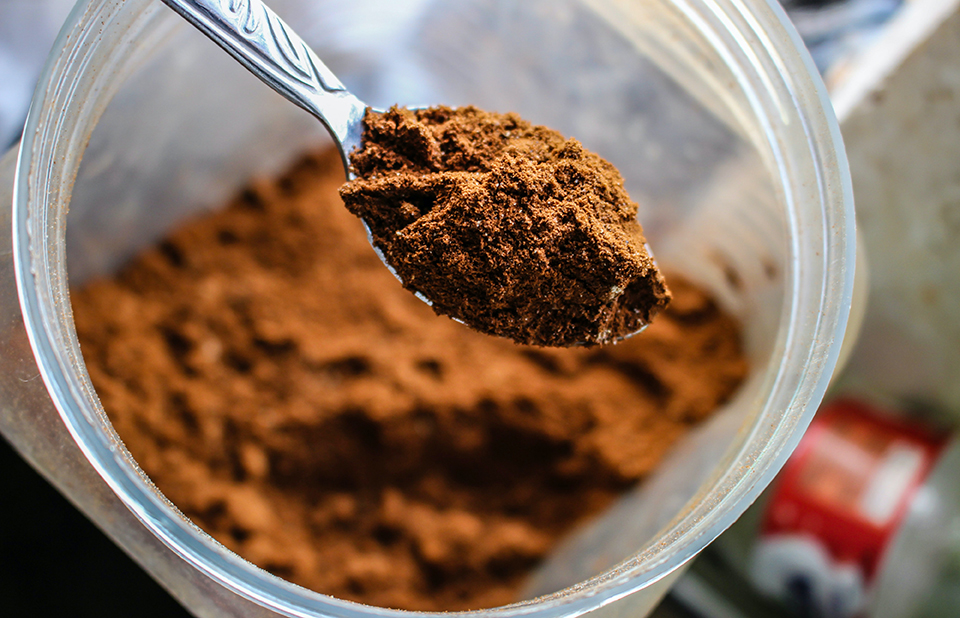Protein is a vital component of a healthy diet, essential for building and repairing muscles, bones, skin, and cartilage. It also plays a crucial role in hormone production, oxygen transport, and supporting digestion.
Despite the many benefits of protein, many people may still find themselves deficient in this important nutrient. Understanding the difference between incomplete and complete proteins is key to ensuring you get the right types and amounts of protein in your diet.
For those seeking to enhance their protein intake, choosing the best protein powder in India can be an excellent way to meet your dietary needs effectively.
What Are Proteins?
Proteins are made up of 20 different types of amino acids, which are organic compounds that link together in various sequences to form different proteins. The human body can produce 11 of these amino acids on its own. However, the remaining nine, known as “essential amino acids,” must be obtained through the food we eat.
The nine essential amino acids are:
- Leucine
- Histidine
- Lysine
- Isoleucine
- Phenylalanine
- Methionine
- Tryptophan
- Threonine
- Valine
Incomplete Proteins
Incomplete proteins are those that do not contain all nine essential amino acids. These proteins are typically found in plant-based foods, including:
- Vegetables
- Nuts
- Seeds
- Whole grains
- Legumes
While these foods are rich in protein, they lack one or more of the essential amino acids, meaning they need to be combined with other protein sources to create a complete protein profile.
Complete Proteins
Complete proteins contain all nine essential amino acids in sufficient amounts. These proteins are mostly found in animal-based foods, such as:
- Eggs
- Fish
- Poultry
- Pork or beef
- Dairy products
Some plant-based foods, like soy products, also provide complete proteins.
Complete Proteins for Vegetarians and Vegans
For vegetarians and vegans, obtaining all the essential amino acids can be more challenging, but it’s certainly possible. By consuming a variety of plant-based protein sources, you can combine different incomplete proteins to create complete protein meals. For instance, pairing beans with rice ensures that the amino acids missing from one food are supplied by the other, forming a complete protein profile.
There are also some plant-based foods that are complete proteins on their own, including:
- Quinoa
- Buckwheat
- Hempseed
However, the protein content in these foods may be lower compared to animal-based sources, so it’s important to consume them in sufficient quantities or consider supplementation with protein powders.
How Much Protein Do You Need?
The amount of protein you need daily depends on various factors, including your body weight, age, activity level, and overall health. A general guideline is to consume about 0.36 grams of protein per pound of body weight each day. For example, a person weighing 150 pounds would need approximately 54 grams of protein per day.
It’s also important to spread your protein intake throughout the day, as the body can only absorb about 25-40 grams of protein at a time. For those involved in intense training or physically demanding activities, higher protein intake may be required, and supplementation with protein powders can help meet these needs.
Combining Proteins for Optimal Nutrition
One effective strategy to ensure you’re getting all the essential amino acids is to combine different incomplete proteins throughout the day. These combinations, known as “complementary proteins,” work together to provide a complete protein profile similar to that of animal-based proteins.
Here are some examples of complementary protein combinations:
- Beans and Rice: This classic combination provides all the essential amino acids when eaten together.
- Oats with Nuts and Seeds: Adding nuts or seeds to your oatmeal can create a complete protein meal.
- Quinoa with Vegetables: Quinoa is a complete protein on its own, but adding vegetables enhances its nutritional value.
- Buckwheat Noodles with Vegetables: This combination offers a hearty, protein-rich meal.
Benefits of Protein Powders
For those who struggle to meet their protein needs through food alone, protein powders can be a convenient and effective solution. This is particularly true for vegetarians, vegans, athletes, pregnant women, or individuals recovering from surgery or illness, who may have higher protein requirements. Protein powders ensure you get enough of the essential amino acids necessary for muscle growth, recovery, and overall health.
Conclusion
Understanding the difference between incomplete and complete proteins is crucial for making informed dietary choices. While complete proteins provide all the essential amino acids in one food source, incomplete proteins require careful combination to ensure you’re getting the full spectrum of amino acids your body needs. By incorporating a variety of protein sources and considering supplementation when necessary, you can effectively support your health, muscle growth, and recovery goals.
Interesting Related Article: “Your Guide To Pre-workout Supplements“


